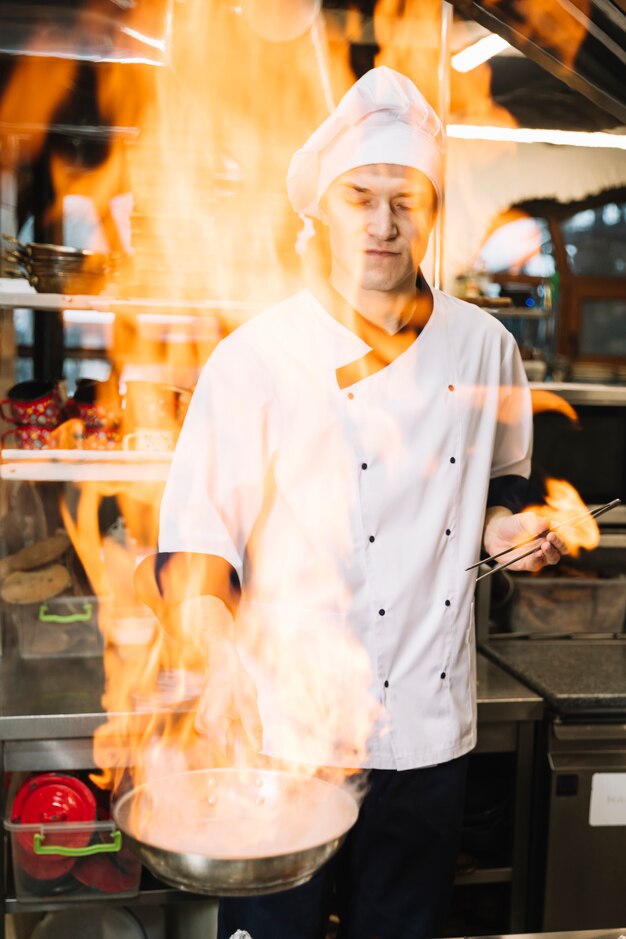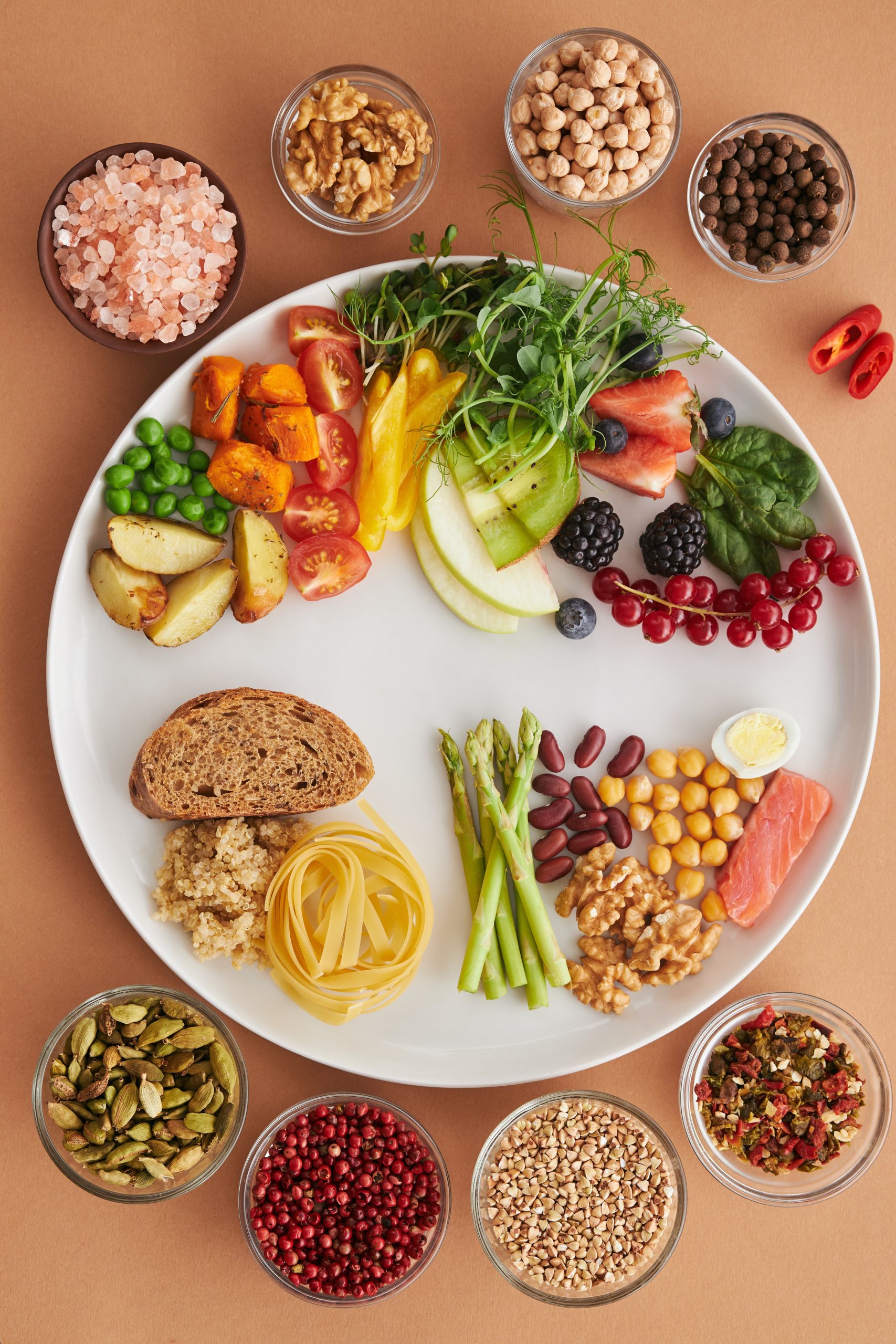Introduction
Working in a kitchen is no easy feat, but imagine doing so in scorching temperatures of 130 degrees Fahrenheit. As the heat index rises, kitchen workers find themselves in a relentless battle for survival. This article delves into the extraordinary challenges they face, how these extreme temperatures impact their health and productivity, coping strategies to stay cool and efficient, and the importance of prioritizing worker well-being in high-temperature environments.
The Heat is On: Kitchen Workers Face Extreme Temperatures
In the heart of every bustling restaurant lies the kitchen, a place where culinary magic happens. Behind the savory aromas and mouthwatering dishes, a fierce adversary lurks – soaring temperatures that can exceed 130 degrees. Kitchen workers, including chefs, line cooks, and dishwashers, must brave these sizzling conditions throughout their shifts.
The extreme heat is often a result of high-powered cooking equipment, cramped spaces, and inadequate ventilation. As a consequence, kitchen workers find themselves in a veritable pressure cooker, grappling with heat and humidity while striving to maintain top-notch culinary standards.

Understanding the Impact of 130 Degrees on Kitchen Staff
The effects of working in such oppressive heat can take a toll on the physical and mental well-being of kitchen staff. Prolonged exposure to high temperatures may lead to heat-related illnesses, such as heat exhaustion and heatstroke. Symptoms include dizziness, weakness, rapid heartbeat, and even loss of consciousness.
Moreover, the relentless heat can hinder focus and concentration, leading to an increase in accidents and mistakes. A drained and fatigued kitchen worker may struggle to maintain the same level of precision and efficiency, which can affect the overall quality of the food being served.
Coping Strategies: Staying Cool and Efficient in the Kitchen
Given the inevitability of hot kitchen environments, it is essential for both employers and employees to implement effective coping strategies. Here are some measures that can help kitchen workers stay cool and efficient:
a. Hydration: Encourage regular water breaks to prevent dehydration and maintain the body’s ability to regulate temperature.
b. Proper Ventilation: Install exhaust systems and fans to improve air circulation and reduce heat buildup.
c. Protective Gear: Provide lightweight and breathable uniforms that offer some level of insulation without compromising comfort.
d. Scheduled Breaks: Implement regular breaks in cooler areas to give kitchen staff time to recuperate and recharge.
e. Training and Awareness: Educate employees about the signs of heat-related illnesses and promote a supportive work culture that encourages open communication about heat-related discomfort.
The Importance of Prioritizing Worker Well-being in High-Temperature Environments
As the culinary industry becomes more aware of the challenges kitchen workers face, there is a growing need to prioritize worker well-being. Employers can take several measures to create a safer and healthier work environment:
a. Workforce Management: Implement smart scheduling to ensure adequate staff rotation and minimize prolonged exposure to extreme heat.
b. Equipment Upgrades: Invest in energy-efficient cooking equipment that emits less heat, thereby reducing overall kitchen temperature.
c. Ergonomic Design: Redesign kitchen layouts to optimize space and create comfortable workstations for kitchen staff.
d. Heat Stress Training: Train employees and management to recognize the signs of heat-related illnesses and respond promptly.
e. Employee Support Programs: Offer access to healthcare services and well-being initiatives to support the physical and mental health of kitchen workers.
Conclusion
Kitchen workers are the unsung heroes of the culinary world, facing extraordinary challenges as they battle extreme temperatures of 130 degrees and beyond. The physical and mental toll of working in such conditions is significant, making it crucial for employers to prioritize worker well-being and implement measures to mitigate the effects of heat exposure.
By acknowledging and addressing the difficulties faced by kitchen workers, the culinary industry can create a safer and more supportive environment that ensures these dedicated professionals can continue to deliver exceptional dining experiences despite the heat.











